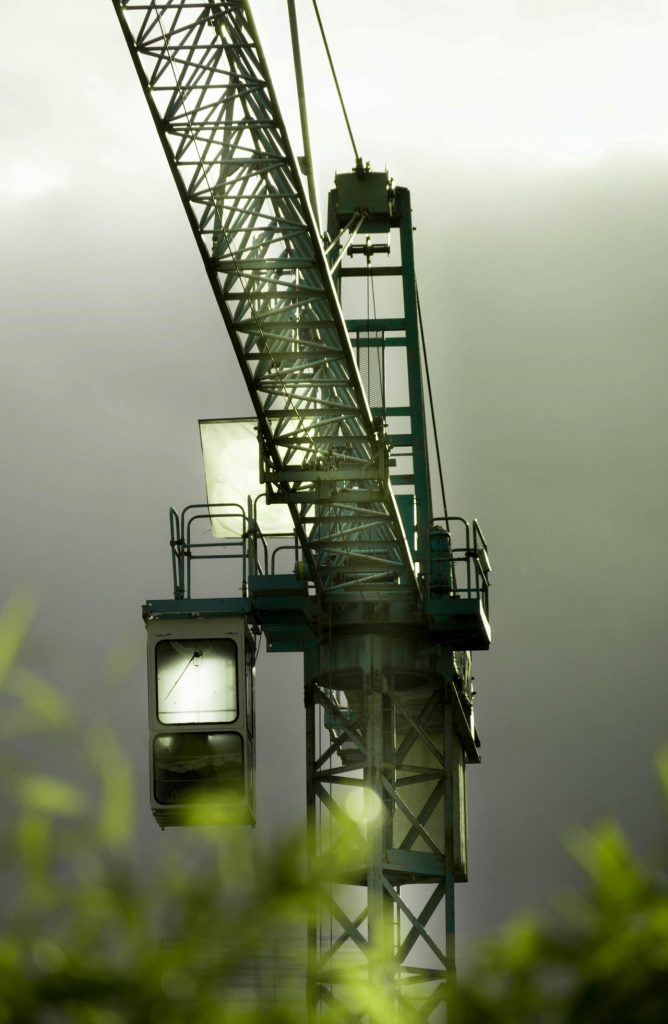
Cranes are a large-scale, motorised machine for lifting heavy loads. They are aggregates for simple machines with cables, hydraulic pumps, and telescoping booms that create mechanical advantages over any load that ordinary hands can’t lift. However, the transport, construction, and manufacturing industry have different types of cranes. Let’s see how slab cranes differ from bubble cranes.
Bubble Crane
A way to identify cranes is through their usage, and bubble cranes provide lifting services on rough terrains. It doesn’t matter whether there’s limited space to move around, the Bubble has a compact telescopic boom and the fly extension that can cover at least 30 meters. As a truck-mounted crane you can build for one and off-road operations, bubble cranes can lift with ease. Versatility includes different applications like erecting structural steel, trusses, and glass facade installations. Unlike standard truck cranes, the bubble crane comes with 4-wheel steering that helps to manoeuvre tight and restricted areas with ease. Mobility is the main difference between Slab Crane and Bubble Crane.
What Makes Slab Cranes Different?
Some cranes are designed with specific components for handling hot slabs and lifting concrete platforms; however, slab cranes are reliable for various civil engineering applications because they have optimal strength. Apart from construction, slab handling cranes are used as high-speed production machines in manufacturing industries. Generally, high-speed production cranes adapt to demanding environments with ease because of their versatility. Slab cranes in steel mill have stability and unique designs that fit machines with conveyor belts and slewing trolleys. Also, these are some unique features of slab and billet handling cranes.
Operating Cabins
These slab-handling cranes are built with electric cabins to shield the operator from the heat of furnaces in rolling mills. However, the crane operator sits inside its operating cabin and enjoys the fresh air from the air conditioning. Cranes that handle billets and hot slabs might have free designs for operating their electric booths. While some crane manufacturers make attached cabins with windows, others detach the cabin to improve operators’ visibility. Regardless of the option, electric cabins are comfortable. They have panels that work with programmable logic controller (PLC) controls, load-movement indicator system (LMI), anemometer, and gears.

Electric Cables
Electric cables of slab-handling cranes have different functions. While their power cables transmit strength, signal cables offer control. Both power and signal cables are mounted on the crane girder.
The Origin of Cranes
According to archaeological archives, cranes were first used in the 6th century BC to lift heavy loads. However, they were not called cranes because it was a simple assembly of pulley hoist and winch. The Greeks were happy to build temples and fortresses with these machines. Initially, the base of this early crane was supported with columns of bricks to provide stability. As the years rolled, this lifting technique was replaced by ramps. Greeks developed compound pulley systems before they were adopted by Romans (Polyspastos) and Egyptians for construction.
The Regular Truck-mounted Crane
Typically, truck-mounted cranes are the most typical types with chassis suspension design. There are two components of regular truck-mounted cranes; the lifter (upper) and carrier (lower). Usually, the lifting element comes with a telescoping boom that’s powered by a hydraulic pump. Its principle is similar to Hiab’s hydraulic system. Regardless of their 180 or 360-degree turntables, it’s risky to swing the load that is attached to truck-mounted cranes sideways. However, Slab Cranes and Bubble Cranes have different designs and operations.












